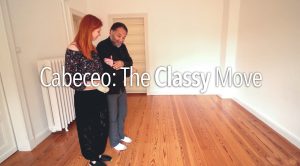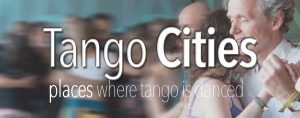‘Social Dancing’ is a term that seems to not get a whole lot of use. Yet it is this term that should mean the world to you.
‘Social Dancing’ means going out with friends, or to meet friends, at a Milonga, for the purpose of getting together to dance Argentine Tango (or most any other dance) better known as ‘Social Tango’. The emphasis is on the social part, and not the technical part.
This is not a time to correct someone’s dancing, technique, or to discuss what is not working, or what your teacher told you.
This is not a time to comment on what someone is doing in the embrace that’s driving you up the proverbial wall, unless it’s painful, in which case we have a solution for that.
This is not a time to engage in an educational experience that your dance partner did not sign up for when they accepted your Cabeceo/Mirada.
This IS a time to hang out with friends, meet new people, dance around the room (within the line, and lane, of dance, and preferably on beat, to the pauses, within the phrases of the music – ‘interpreting’ the music). Hence the ‘Social’ part. Kinda like Facebook is to Social Media, it’s the same thing only for Tango!











